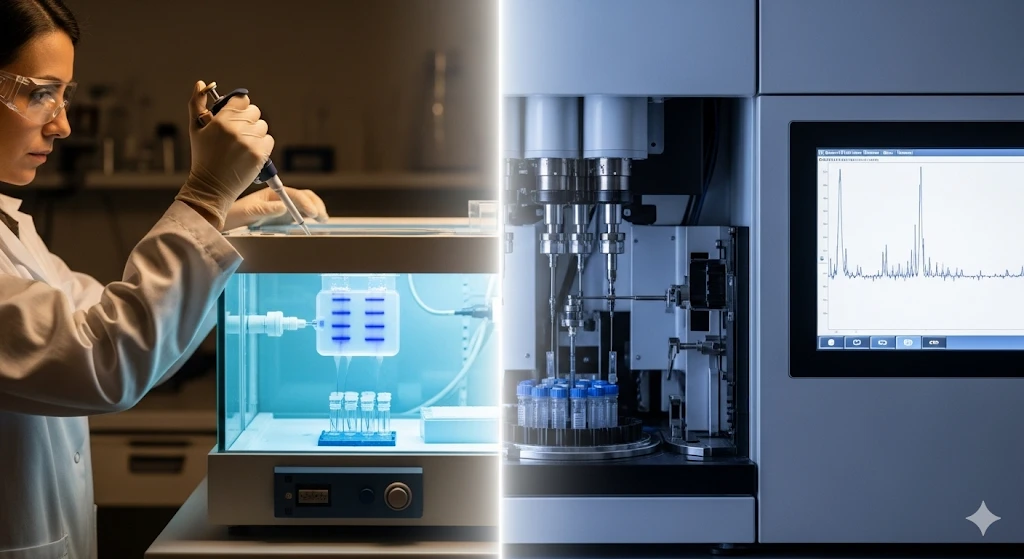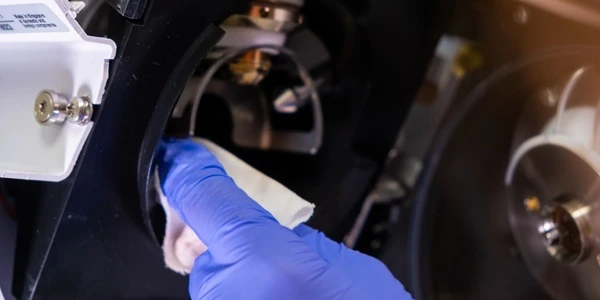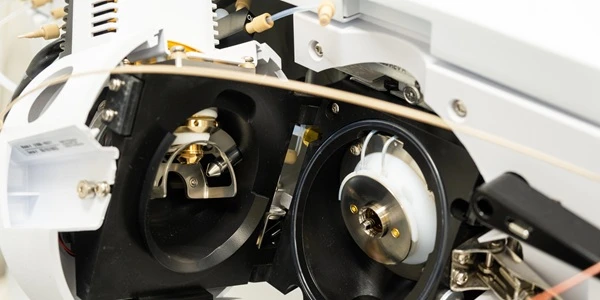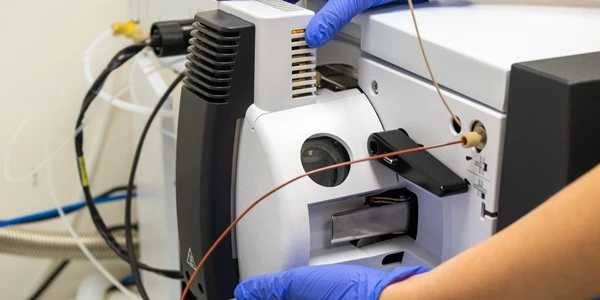Essential Guide for Cleaning Cannabis Processing Equipment
Tools, Reagents, and Best Practices for GMP Compliance
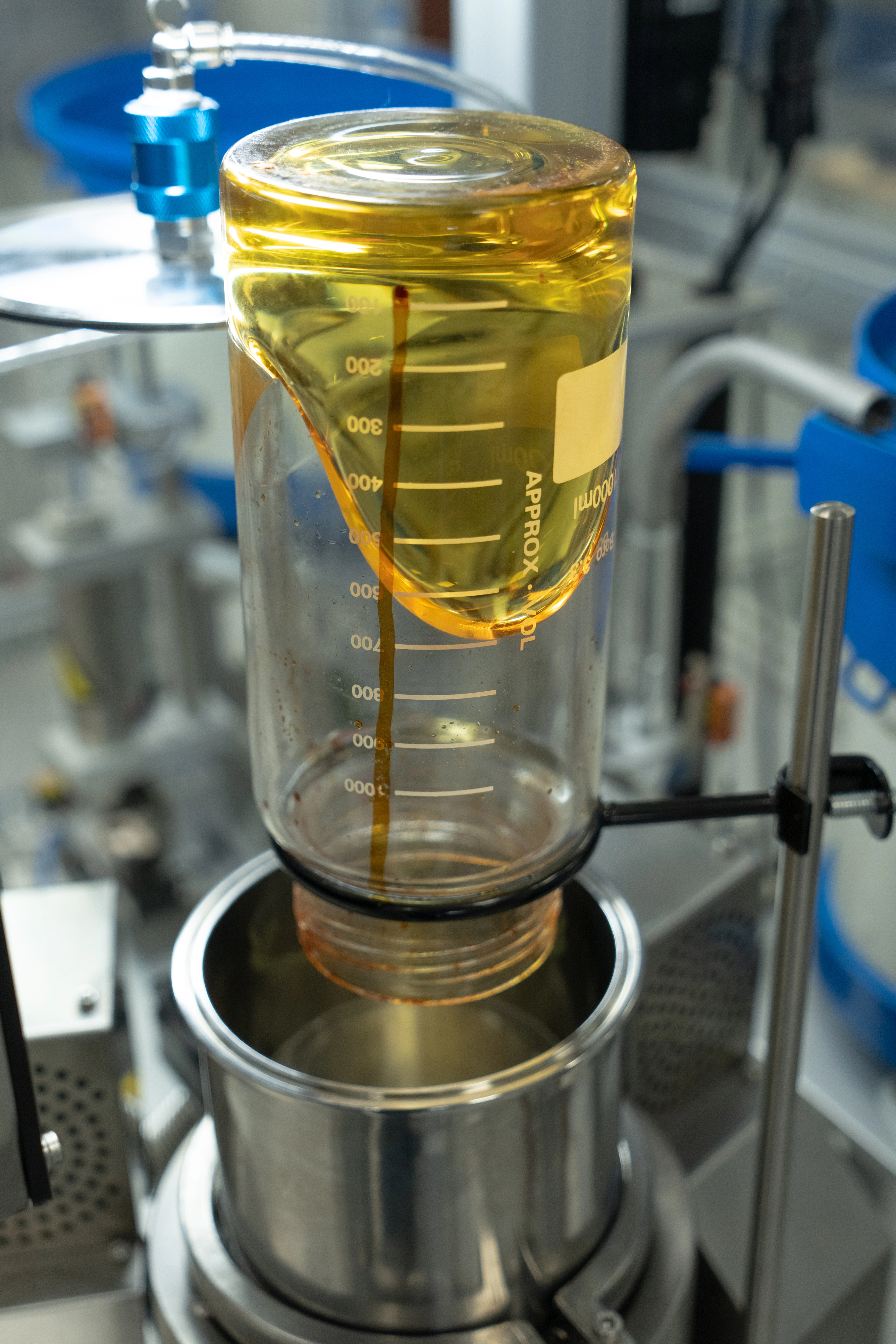 Residual cannabis oils, plant matter,
terpenes, and waxes can harbor microbial or other contaminants that degrade
product quality. As the cannabis
industry matures, more processors are aligning their operations with
pharmaceutical-grade standards—particularly Good Manufacturing Practices (GMP).
A cornerstone of GMP-compliant cannabis oil production is the consistent and
validated cleaning and disinfection of processing equipment.
Residual cannabis oils, plant matter,
terpenes, and waxes can harbor microbial or other contaminants that degrade
product quality. As the cannabis
industry matures, more processors are aligning their operations with
pharmaceutical-grade standards—particularly Good Manufacturing Practices (GMP).
A cornerstone of GMP-compliant cannabis oil production is the consistent and
validated cleaning and disinfection of processing equipment.
This article explores the essential tools, equipment, and reagents needed for proper cleaning—and offers guidance for cannabis manufacturers seeking to maintain safe and compliant facilities.
Key Considerations for Cannabis ProcessorsCleaning and Disinfection
For closed-loop systems, such as ethanol extractors or CO2
units, CIP systems automate the flushing, cleaning, and rinsing process. These
systems often use heated cleaning solutions followed by rinsing cycles,
reducing labor while improving consistency.
Used for even application of disinfectants on open surfaces or small
equipment parts.
For delicate parts like valves, glassware, and fittings, ultrasonic
cleaners provide deep cleaning without abrasive contact.
Prevent cleaned items from recontamination during drying and staging.Recommended Cleaning Agents and Disinfectants
Use deionized (DI) or reverse osmosis (RO) water for final
rinses to prevent the introduction of mineral residues or contaminants.
- Material
Compatibility:
Always confirm that cleaning agents are compatible with stainless steel, gaskets, seals, and plastic components used in processing systems. - Residue
Testing:
Implement swab testing and visual inspection to confirm the absence of cleaning agent residues or biofilms. - SOPs
and Documentation:
Establish written Standard Operating Procedures (SOPs) for cleaning protocols, frequency, and validation steps. These are critical for GMP compliance. - PPE and Operator Safety:
Cleaning Protocols for Cannabis Oil Processing Equipment
In cannabis oil processing, cleaning goes far beyond extractor vessels and tubing. The practice extends to every surface or piece of equipment that comes into contact with the material that contacts the product, including storage jars, oven trays, water baths, and automated filling and infusion machines.
Improper or inconsistent cleaning can lead to microbial contamination, residual buildup, debris accumulation, and compromised product quality, especially in high-purity concentrates like distillates, isolates, and live resin. GMP-compliant facilities must adopt rigorous cleaning protocols for all tools involved in handling these sensitive materials.
Cleaning Contact Equipment: Glassware, Ovenware, and Lab Tools
Mason jars, Ball jars, Corning jars, and other lab glassware are commonly used to store and decant cannabis oils. These materials can retain residues that attract dust or harbor microbes.
Recommended Cleaning Steps:
- Initial rinse with heated isopropyl alcohol (IPA) or ethanol to dissolve waxy residues
- Soak in a non-abrasive alkaline detergent compatible with glass, followed by a DI water rinse
- Final rinse with USP-grade water or IPA to ensure all residues are removed
- Autoclaving or oven sterilization (if rated for high heat) to eliminate microbes when applicable
Ovens and ovenware (e.g., polytetrafluoroethylene (PTFE) or borosilicate trays) used for decarboxylation or purge steps should be cleaned using:
- High-purity IPA or food-safe degreasers for resin residue removal
- Scraper tools or brushes that do not score surfaces
- Vacuum-rated oven chamber wipes to avoid lint introduction
- Regular temperature calibration and contamination checks
Water baths and circulators must be disinfected regularly, particularly when open systems are used:
- Drain and flush weekly with a biocidal agent (e.g., manufacturer’s recommended solution, diluted hydrogen peroxide, diluted bleach)
- Wipe down interior reservoirs with IPA and lint-free cloths
- Change water routinely to prevent biofilm formation
Cleaning Practices for Automated Filling Equipment
Filling and capping equipment used for cannabis concentrates must be cleaned thoroughly between batches and daily during operations. Filling or injection equipment used for Residual oils can clog and damage lines, pumps, nozzles, and other hardware within the system, affect fill weights, and pose cross-contamination risks.
Xylem X4 Automatic Cart Filling and Capping Machine
The Xylem X4 is an advanced, GMP-compliant machine designed for filling viscous cannabis oils into vape cartridges. Key cleaning features include:
- Tool-less disassembly of contact components for fast breakdown
- Stainless steel alloy fluid paths for easy cleaning, preventing resin buildup
- An integrated material reclaims cycle and auto clean cycle that supports food-grade ethanol cleaning between runs
- Heated lines and reservoirs allow for easier purging of highly viscous extracts
- Modular parts (e.g., turrets, risers, capper heads) can be cleaned in ultrasonic baths or CIP setups
Best Cleaning Practices for the Xylem X4:
- Purge the lines of extracts
- Add food-grade ethanol to reservoir
- Attach cleaning jar lines and use the Auto Clean function
- Purge out any remaining ethanol and wipe down inside of reservoir
- Disassemble fluid path components
- Soak in an approved detergent or degreaser, or use ultrasonic cleaning equipment
- Rinse components with DI water and dry thoroughly
- Reassemble and perform dry test cycle before next use
Choosing Equipment with Cleaning in Mind
For GMP facilities, choosing equipment with cleanability built into the design is essential. Certain filling equipment solutions may demand more manual labor and carry a higher risk of errors during cleaning. These systems are not ideal for large-scale GMP environments due to cleaning labor intensity. As well, there may be drawbacks due to overly sensitive components and less modularity.
The Xylem X4 stands out with its modularity, compatibility with validated cleaning agents, and CIP-readiness. These attributes are critical for facilities processing multiple products or operating under strict process and documentation requirements.
GMP Cleaning Requirements for Cannabis Oil Processing Labs
Achieving and maintaining GMP compliance in cannabis oil production requires a structured, validated approach to cleaning and disinfection. GMP guidelines—modeled after pharmaceutical standards—demand consistency, documentation, and control to ensure that all equipment, surfaces, and environments do not introduce contaminants or compromise product quality.
1. Written Procedures and Documentation
GMP mandates that all cleaning and sanitation activities be governed by Standard Operating Procedures (SOPs) that define:
- What needs to be cleaned (e.g., extractor vessels, collection tanks, tubing, work surfaces)
- When and how frequently cleaning should occur (e.g., between batches, daily, weekly)
- Which cleaning agents and tools should be used
- Who is responsible for carrying out and verifying the task
- How to validate cleaning effectiveness (e.g., residue testing, microbial swabbing)
Each cleaning event must be recorded in a logbook or electronic system with date, time, materials used, and operator signatures. This is essential for traceability and audit readiness.
2. Cleaning Validation
For GMP compliance, cleaning procedures must be validated—meaning they have been tested and shown to consistently remove residues and contaminants to an acceptable level. This typically involves:
- Swab testing of critical contact surfaces
- Rinse testing for chemical residue analysis
- Microbial monitoring of surfaces post-cleaning
- Visual inspections to ensure no visible residues remain
Acceptance criteria must be predefined (e.g., no detectable residues, microbial counts (below a determined threshold), and results documented.
3. Segregation and Cross-Contamination Control
GMP facilities must avoid cross-contamination between different product lines or batches. This involves:
- Dedicated equipment or validated cleaning protocols between product changes
- Color-coded cleaning tools for different areas (e.g., production vs. packaging)
- Physical separation of “clean” and “dirty” zones
- Airflow and pressure control in critical areas (e.g., post-extraction filling zones)
4. Environmental Monitoring
Routine environmental monitoring is essential for verifying the effectiveness of cleaning protocols. This includes:
- Air sampling for viable particles (microbes)
- Settle plates or contact plates for surface monitoring
- Temperature and humidity control to minimize microbial growth
5. Cleaning Agents Control and Storage
All cleaning agents used in a GMP environment must be:
- Approved for use in regulated environments (e.g., food-grade or pharmaceutical-grade)
- Stored properly with lot numbers, expiration dates, and Safety Data Sheets (SDS)
- Diluted and used according to validated instructions
- Labeled clearly to prevent misuse or cross-contamination
6. Personnel Training
Operators and sanitation staff must be trained on:
- Cleaning techniques and agent use
- Proper equipment disassembly and reassembly
- PPE requirements and safety protocols
- Recordkeeping and deviation handling
Training must be documented and repeated periodically, especially when procedures or equipment change.
Conclusion
GMP cleaning requirements go beyond simple cleanliness—they are about creating a controlled environment where every cleaning action is traceable, repeatable, and effective. For cannabis oil processors and manufacturers, this means this means investing not only in the right tools and reagents but also in procedural discipline, staff training, and rigorous documentation.
Creating a validated cleaning process not only supports regulatory compliance but also helps ensure product purity, minimizes cross-contamination, and extends equipment lifespan. As GMP enforcement increases across cannabis markets, investing in the right tools and protocols is a crucial step in securing long-term operational success.
Published in partnership with Xylem Technologies
Visit the Learning Center for Cannabis Standard Operating Procedures (SOPs): https://xylemtech.com/standard-operating-procedures/
Learn more about the Xylem X4 Automated Vape Filling and Capping Machine: https://xylemtech.com/automated-cart-filling-machine/


